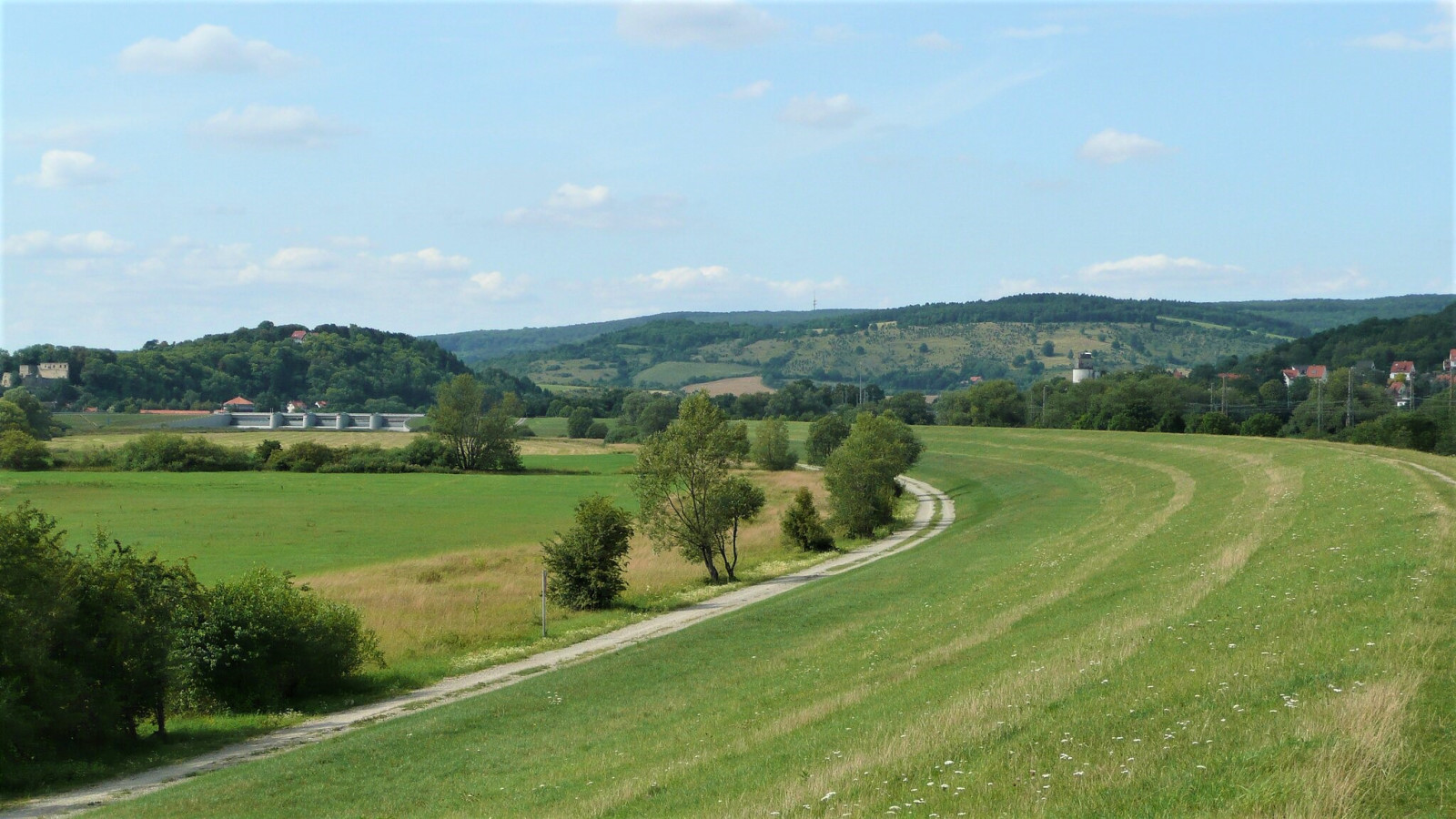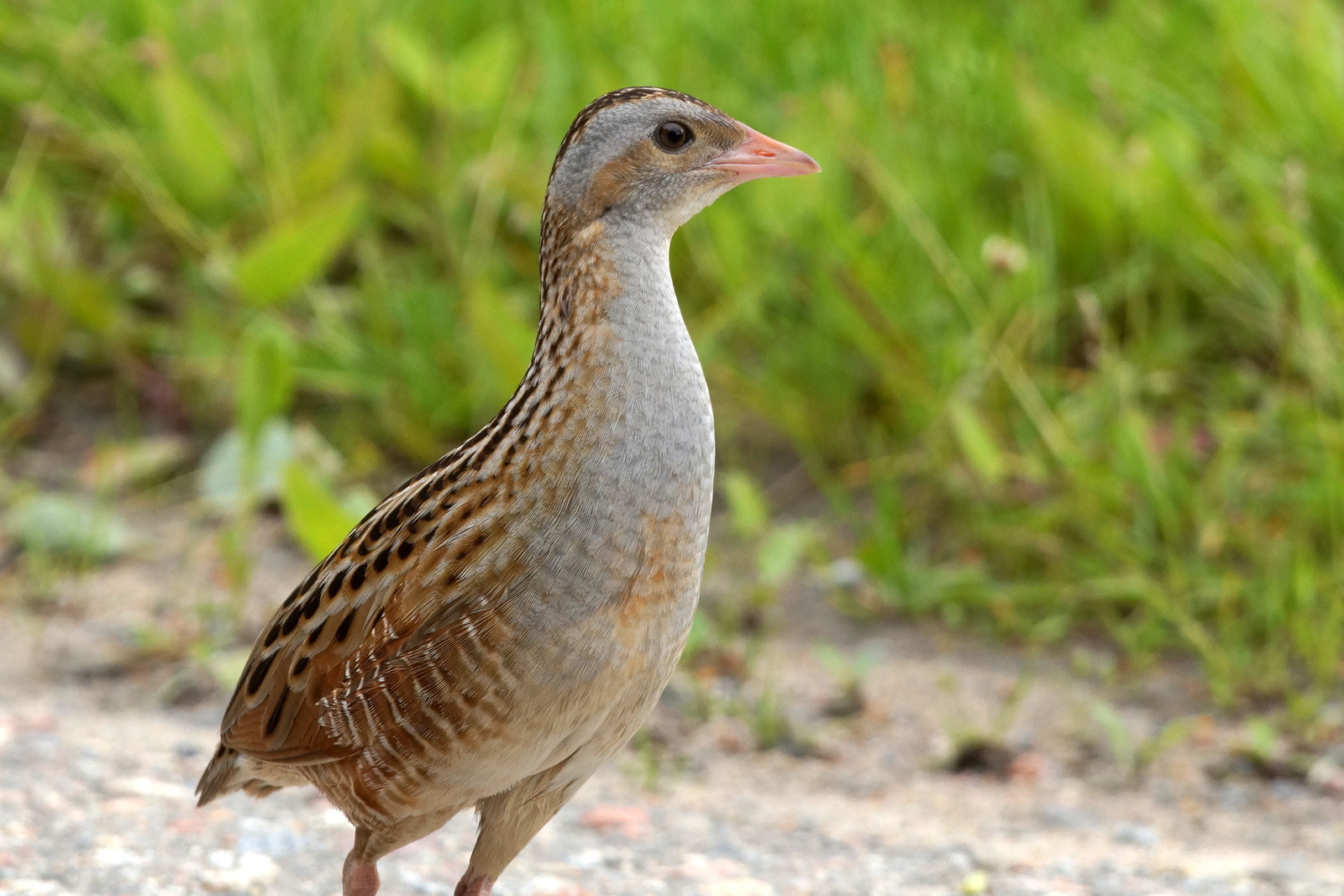Charger images
Les formats d'image autorisés sont de type jpeg, png ou gif
La taille maximale du fichier doit être de 20MB


Leinepolder Salzderhalden is the largest (wet) greenland complex in southern Lower Saxony with a breeding population of Râle des genêts.
Leinepolder Salzderhalden (> 500ha) consists of a mixture of wet meadows, reedbeds scattered with bushes and trees. In winter and spring the area can get flooded resulting in a lage shallow lake attractive to waterfowl and migrating waders. March and April are best with large flocks of Canard siffleur, Canard souchet and Sarcelle d'hiver among other waterfowl. Large flocks of Vanneau huppé often contain small numbers of Pluvier doré . Grue cendrée usually is present, with single birds still around in May. Migration of waders in March - May can be interesting. Regular visitors are Combattant varié , Chevalier aboyeur , Chevalier gambette (in small numbers), Chevalier culblanc , Chevalier sylvain and Chevalier arlequin but several rarities such as Bécasseau falcinelle , Vanneau sociable or Glaréole à collier have paid this site a visit.
Breeding birds are for example Gorgebleue à miroir , Phragmite des joncs , Locustelle tachetée or Locustelle luscinioïde. All European Rails and Crakes have used the area for breeding, though only Râle d'eau and Râle des genêts turn up yearly.
Autumn migration usually is quieter due to the lack of water.
In winter, large flocks of Geese (usually Oie cendrée , Oie de la toundra , Oie rieuse ) are around. Here, the chances are best for finding Buse pattue , that occasionally stay a few days or weeks.
The area can be reached by car via A7. Exit "Northeim Nord", drive towards Einbeck and turn left after 600m. At the end of the road turn right towards Einbeck and then right onto L 572 again at the next crossing. Drive through Stöckheim and Drüber.
The area can be crowded with birds or deserted. The abundence of birds is highly influenced of the water levels. Periods with lots of precipitation are required to create the high water situations that are necessary to flood the area. Therefore spring usually offers best conditions.
Votre feedback sera transmis à l’auteur.rice de cette zone et à l’équipe éditoriale de Birdingplaces, qui l’utiliseront pour améliorer la qualité des informations. (Vous souhaitez publier un commentaire visible en bas de page ? Fermez cette fenêtre et choisissez l’Option 1 : « Publier un commentaire, un conseil ou une observation ».)
Veuillez fournir des suggestions d'améliorations ou d'ajouts au texte de ce site ornithologique.
Veuillez fournir vos suggestions d'améliorations ou d'ajouts à la carte.
Veuillez fournir des suggestions d'améliorations ou d'ajouts à la liste des oiseaux.
Cliquez sur l'icône de l'oiseau () Insérez les noms d'oiseau dans votre langue. Ils seront automatiquement traduits pour les autres usagers !